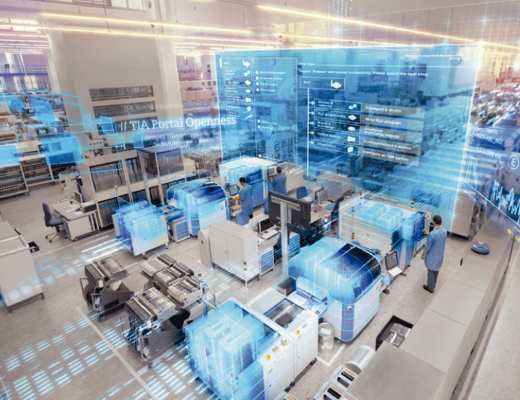As the original texts are written in Turkish, English translation is provided for non-Turkish readers. The author apologizes in advance for any and all possible changes and losses in meaning due to translation.
The title might sound a little weird to you at first. It can take quite a long time to define something as “authentic” so yes, you’re right. Electric carriages are new after all, aren’t they?
This year we celebrate the 200th birthday of our founder, Werner von Siemens; a true genius. But that wasn’t his only admirable characteristic: He was also a successful entrepreneur, similar to the start-up founders of today. He was the founder of a company that operates today in more than 200 countries with approximately 350 thousand employees. A visionary approach certainly plays an important role in his success. Pioneers such as Werner von Siemens transformed Berlin into an electric city (‘Electro polis’) in the first years of the 20th century, as early as 1900s. The second industrial revolution (today we are talking about the fourth) was triggered by the advent of electricity and Berlin became the European center of electrical industry. To give an example from our country, Siemens was the brand that introduced the first electric tram to İstanbul in 1914.
Many people don’t know of these facts. Well then, how many of you are aware of modern transportation systems being built not only upon “internal combustion engines”, but also on “electrical vehicles”? Specifically Berlin was a city on the move with electrical power. Egger-Lohner, manufacturer of Porsche P1 (a.k.a. C.2 Phaeton), the first electric vehicle by Porsche, manufactured electric vehicles in Charlottenburg together with various entrepreneurs, while Werner von Siemens lived his dream of “electromotor” in Halensee in 1882 – that was 134 years ago.
Today, we have items such as “the future of energy” and “autonomous vehicles” on our agenda. Although it took electric carriages more than a century to become commercially available, they are now becoming more and more widespread. The main motive is essentially “environmental sensitivity”. Should we really spend another 100 years waiting for a similar motive so that another visionary innovation such as “autonomous vehicles” can become widespread? It’s worth giving a thought.







No Comments